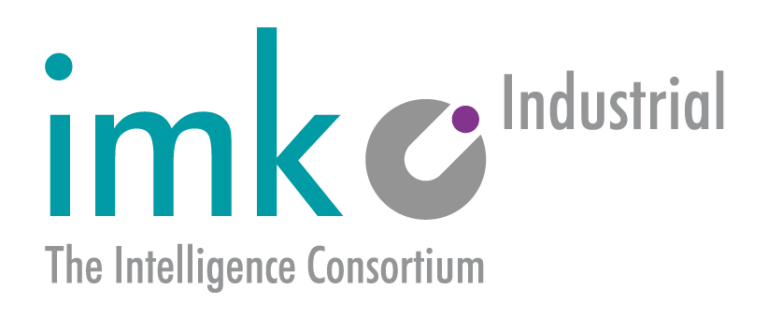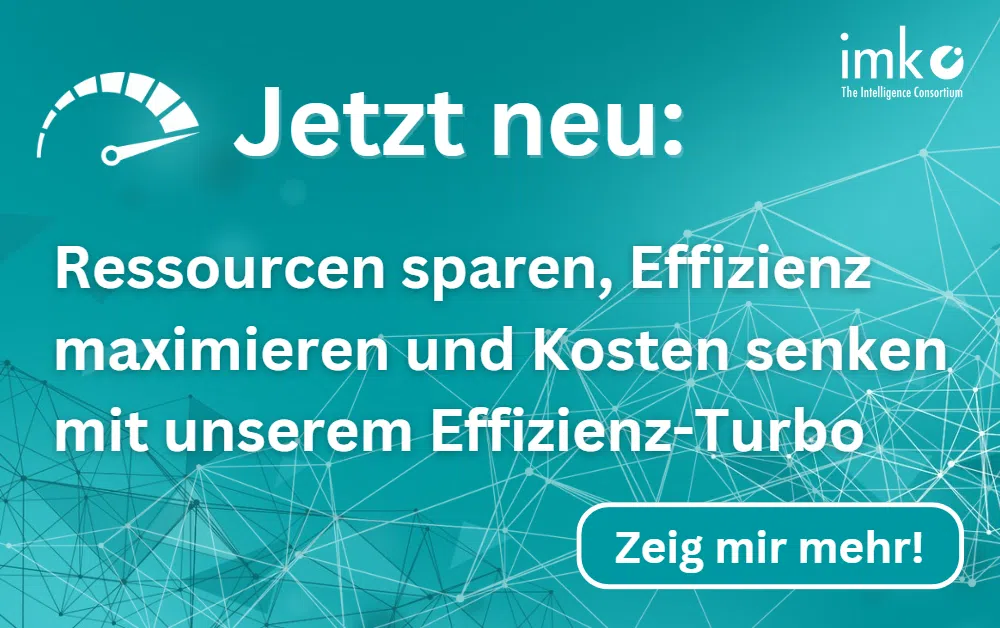Reducing sick leave in production: strategies for healthy and efficient workplaces
The sickness rate in Germany has risen steadily recently and reached a new record high in 2023. According to the DAK, the average duration of absence per employee was around 20 days in 2023. In the manufacturing industry in particular, the duration of absence was even just under 25 days. Across Germany, absenteeism recently resulted in production downtime costs of over 100 billion euros. High absenteeism is a significant cost driver that reduces gross value added, productivity and efficiency. Our ageing society is increasingly exacerbating the problem. In the manufacturing industry, work-related illnesses, e.g. musculoskeletal and connective tissue diseases, are becoming a particular focus.
In order to meet these challenges, targeted measures are needed to keep the workforce healthy. In this article, we look at various approaches to reducing sick leave.
Work system and process optimization: increase efficiency, optimize capacity utilization, reduce workload
Optimizing work systems and processes is an essential basis for reducing sick leave. Inefficient workflows and unclear processes can lead to unnecessary strain, which has a negative impact on employees' health in the long term. This includes physical as well as mental strain, e.g. in the form of stress and excessive demands. Bottlenecks and inefficient processes can be identified and eliminated through targeted process analysis. A lean, clearly structured work process not only reduces stress, but also increases productivity and job satisfaction.
Important building blocks here are well thought-out time management and optimal, people-oriented utilization of production capacities. Efficient planning that takes buffer times into account, for example, and enables an even distribution of the workload reduces the risk of work-related overloads.

Good Ergonomics = Good Economics. Ergonomic workplace design as a success factor
Targeted work system and process optimization also includes the ergonomic consideration of workplaces. The first step is a systematic and scientifically based assessment of working conditions. Only on this basis can ergonomic risks be reliably identified. Recognized methods for ergonomics assessment, such as the key feature methods or the EAWS®, help here. Based on these assessments, the necessary measures to improve the ergonomic situation can then be derived. Employers are obliged to do this under the Occupational Health and Safety Act (1996/2015).
Inadequate ergonomics, such as incorrectly adjusted workstations, excessive loads or monotonous activities, often lead to physical complaints and work-related absences. But unfavorable working conditions also have a negative impact on efficiency, quality, motivation and employee satisfaction. Consequently, the integration of ergonomic design principles not only promotes health, but also significantly improves a company's profitability.
Targeted employee deployment: knowing skills, using strengths, avoiding overload
The steady rise in the average age of our society is also reflected in our workforce. The average age of employees in Germany is currently around 42. More than one in three employees is over 50. And the trend is rising.
As a result, more and more employees are experiencing performance limitations and are no longer able to fully perform their work activities. As a result, companies are increasingly required to continue to deploy these employees in a way that adds value in line with their skills. The aim is to retain valuable know-how and a wealth of experience within the company. Employees who are deployed according to their abilities are more motivated, less stressed and more efficient. This in turn leads to a better working atmosphere and fewer absences due to illness.
The ability-based deployment of employees requires a careful analysis of individual performance limitations on the one hand, and knowledge of the specific physical and mental requirements of the jobs on the other. In the second step, these performance requirements and job requirements are compared in order to identify suitable jobs and necessary reorganization measures for the employees. In practice, so-called job-match procedures are used for this purpose.
Regular training and further education can also be used to continuously develop employees' skills, which increases flexibility and efficiency in production.

Preventive measures for better health
In accordance with the STOP principle, efforts should first be made to eliminate health hazards at source or to implement technical measures to safely reduce hazards. In addition, or if technical measures are not possible, stress should be reduced through organizational or personal measures. These include preventive measures such as regular breaks, rotation systems or health promotion programs, e.g. in the form of physiotherapy. A conscious approach to peak workloads and an even distribution of the workload are crucial to protecting employees' health in the long term. Overtime and unbalanced work schedules can lead to exhaustion and illness. In addition, flexible working hours ensure a better work-life balance, which has a positive effect on the health and satisfaction of employees.
Conclusion
Reducing the sickness rate in production requires a holistic approach that focuses on both the working conditions and the individual strain on employees. The optimization of work systems and processes, time management, ergonomic measures, skill-appropriate employee deployment and other preventive measures must be considered. Reducing stress through these approaches not only protects the health of your employees, but also sustainably increases efficiency and productivity. A healthy working environment is the key to long-term economic success and satisfied, productive employees.
Make optimum use of your potential skilled workers!
with the help of our Efficiency turbos you can reduce your sickness rates and thus increase employee satisfaction.
You are currently seeing a placeholder content of YouTube. To access the actual content, click on the button below. Please note that data will be passed on to third-party providers.
More information

